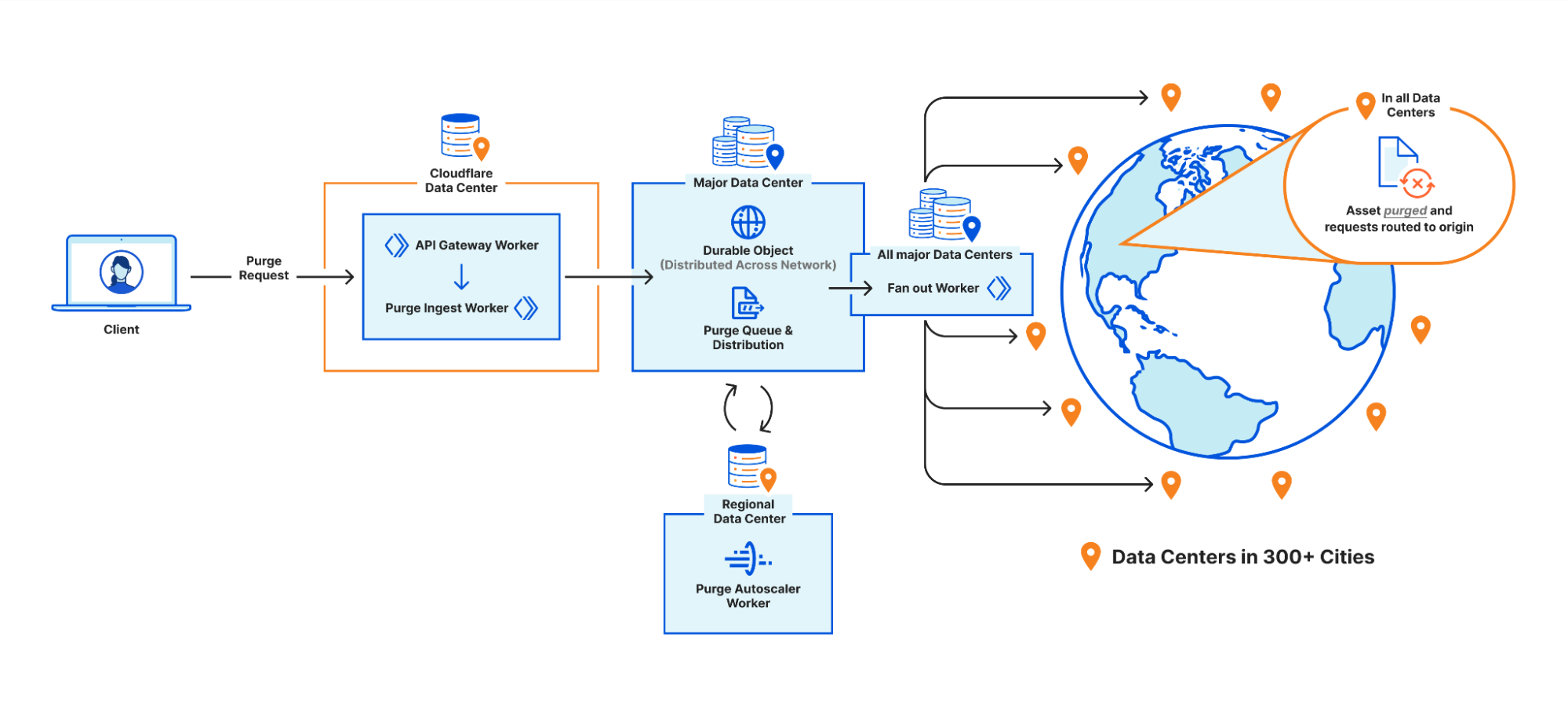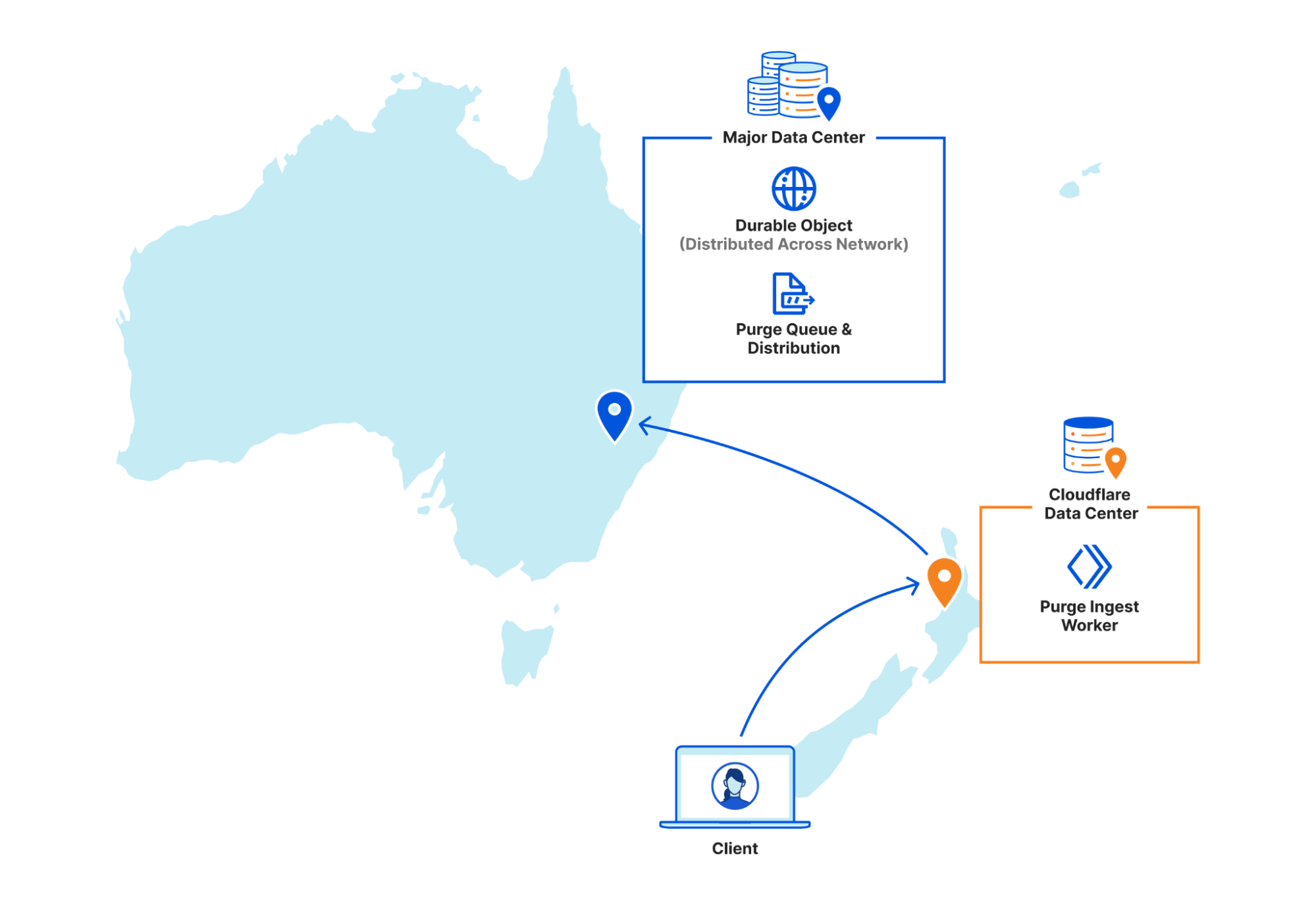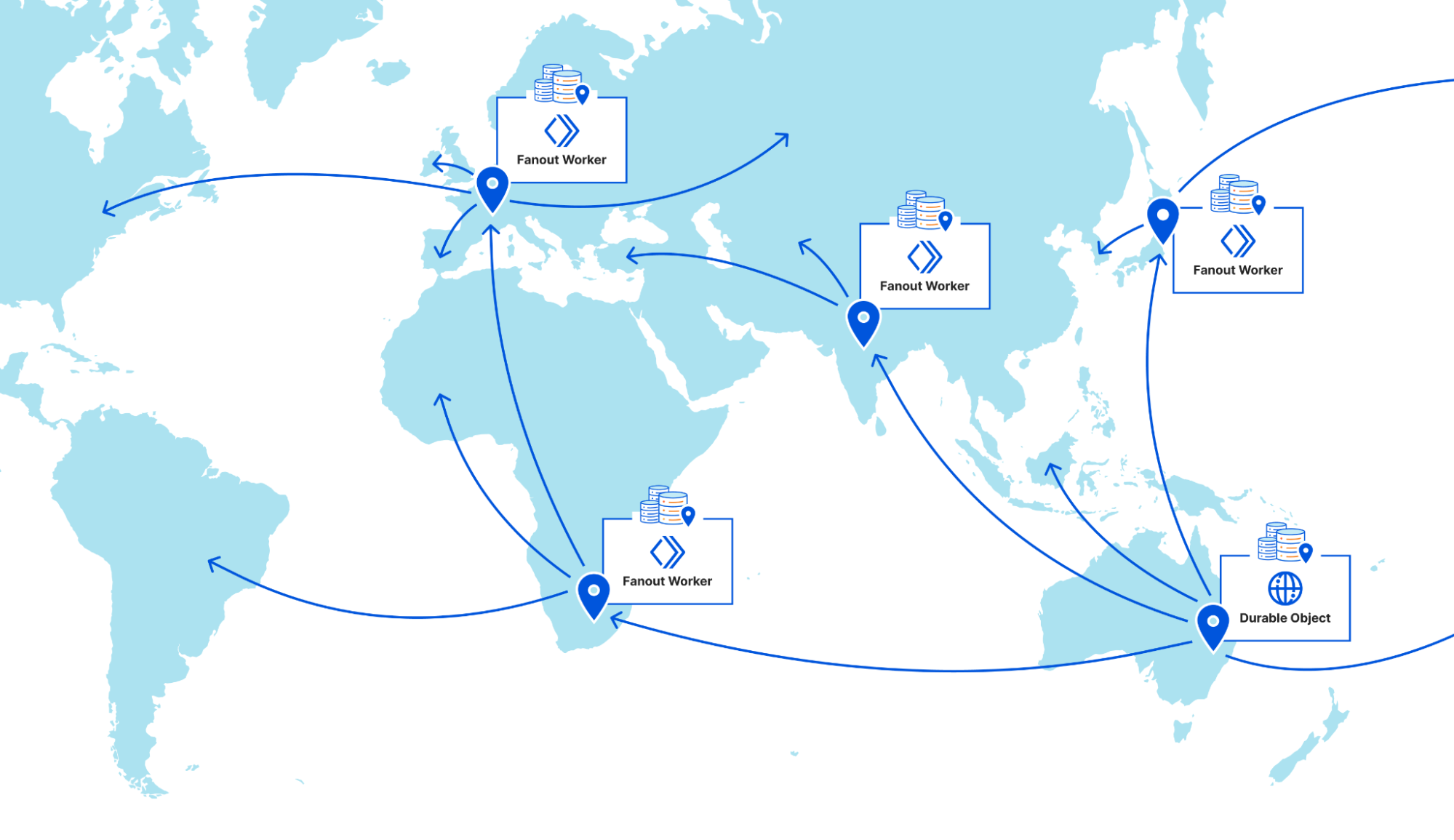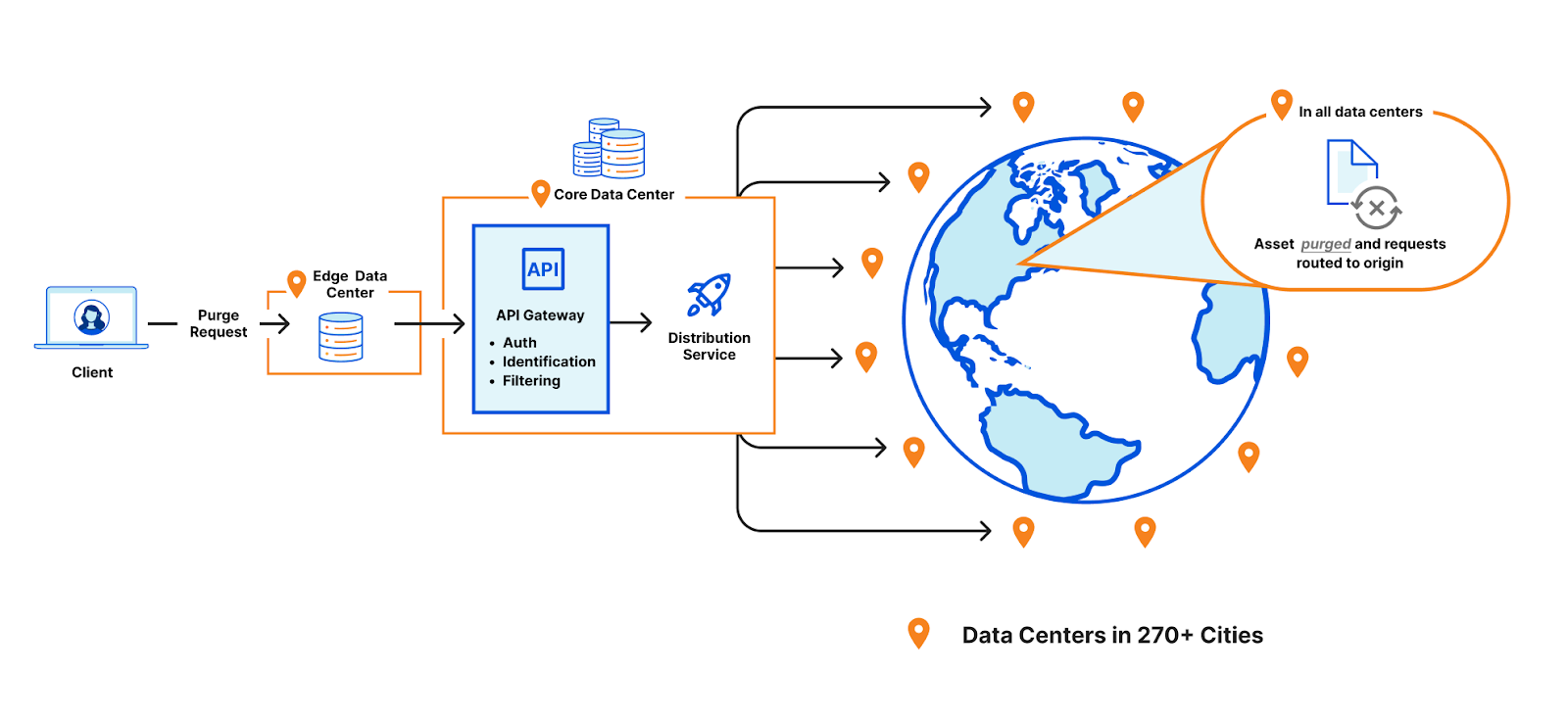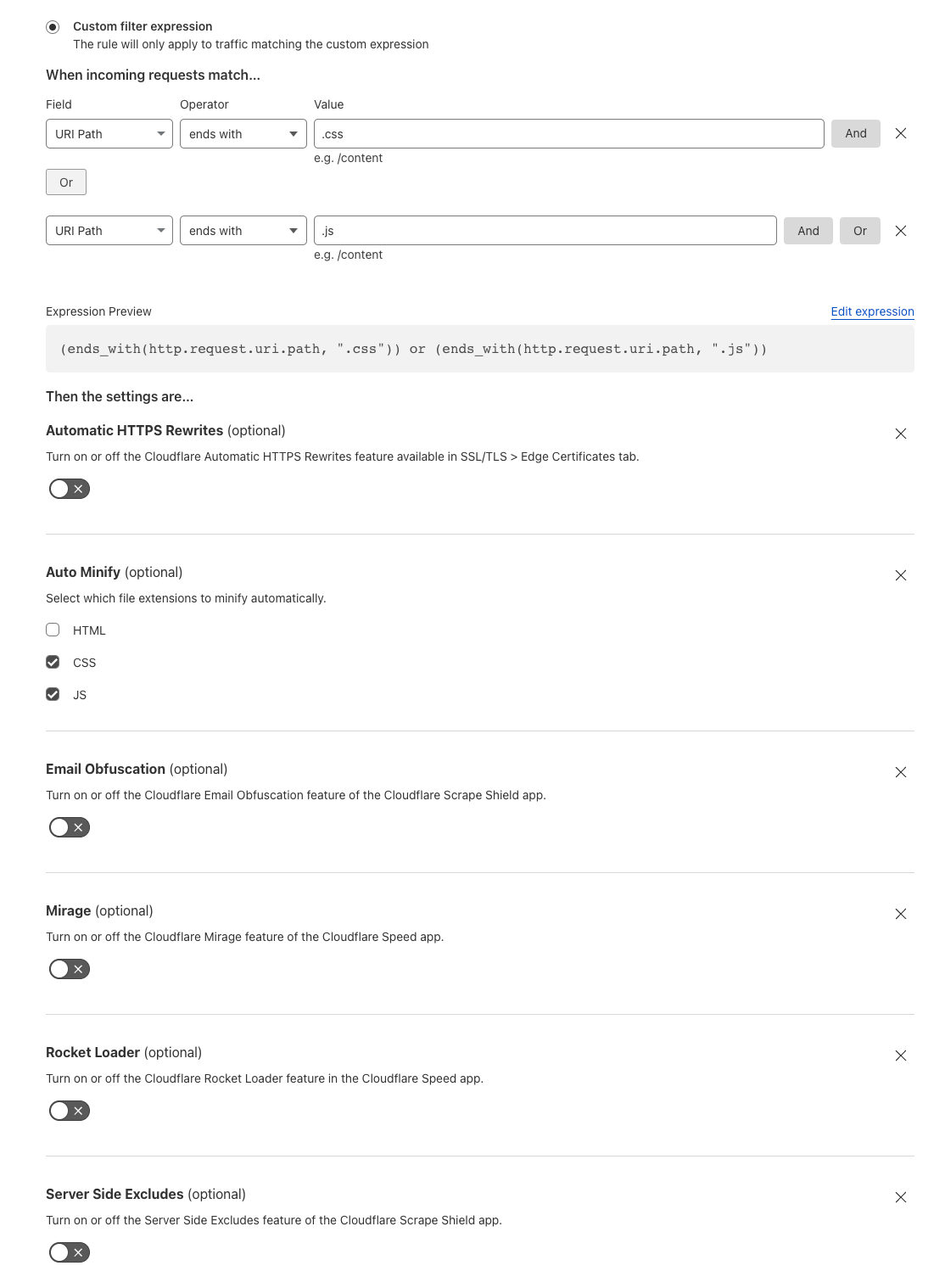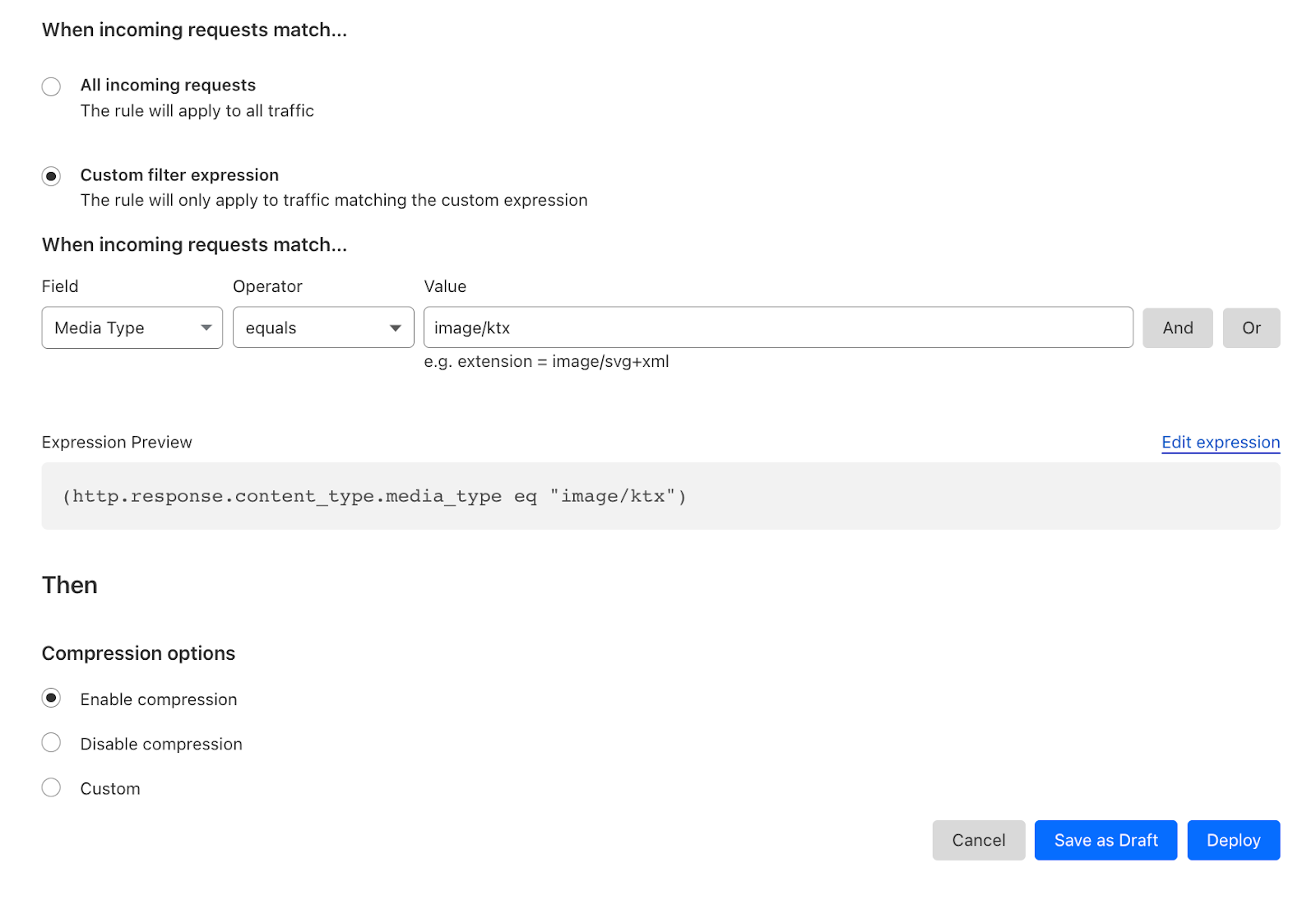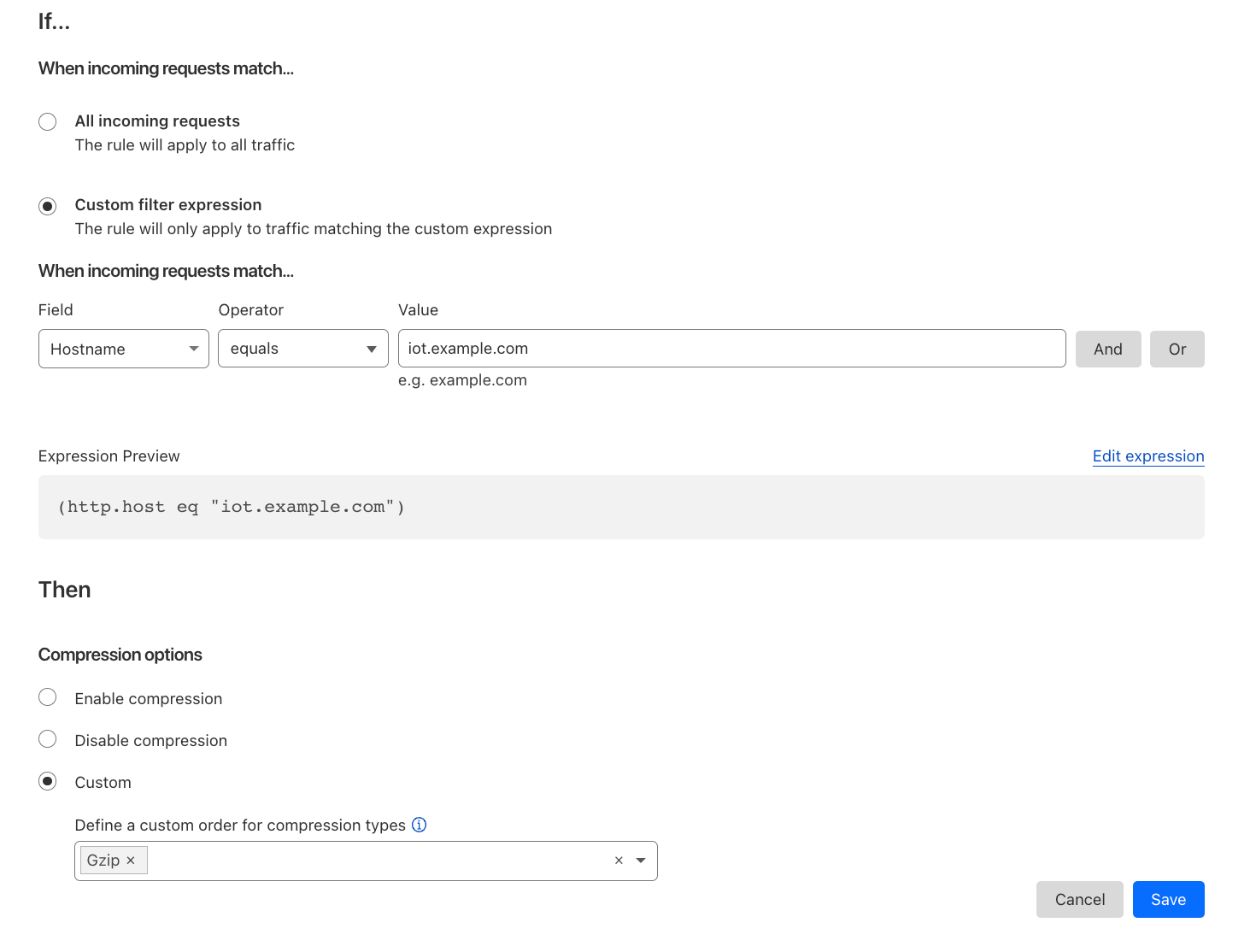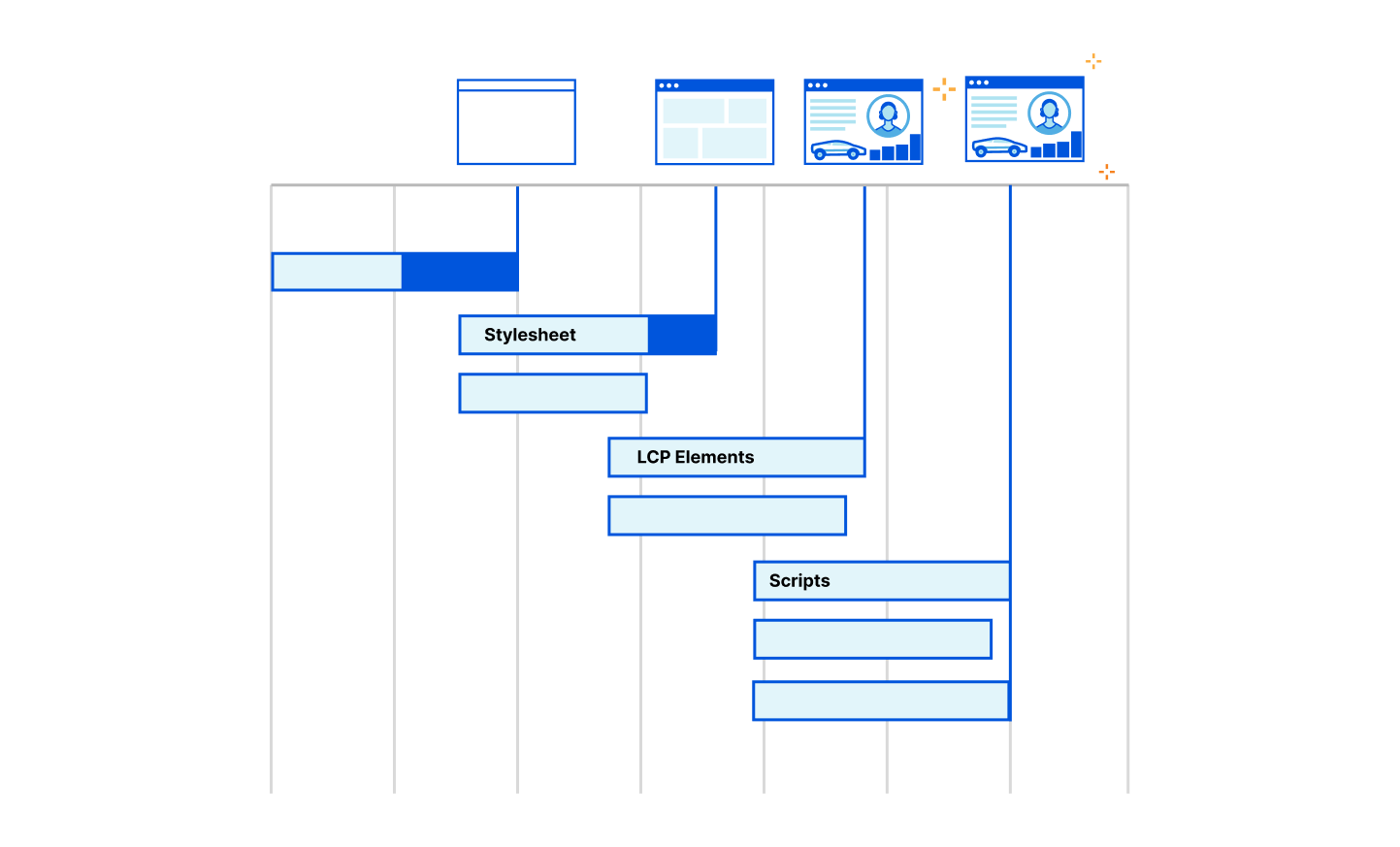October 10, 2023
Juho Snellman
Staff Software Engineer
Daniele Iamartino
Staff Site Reliability Engineer
A number of Google services and Cloud customers have been targeted with a novel HTTP/2-based DDoS attack which peaked in August. These attacks were significantly larger than any previously-reported Layer 7 attacks, with the largest attack surpassing 398 million requests per second.
The attacks were largely stopped at the edge of our network by Google’s global load balancing infrastructure and did not lead to any outages. While the impact was minimal, Google’s DDoS Response Team reviewed the attacks and added additional protections to further mitigate similar attacks. In addition to Google’s internal response, we helped lead a coordinated disclosure process with industry partners to address the new HTTP/2 vector across the ecosystem.
Hear monthly from our Cloud CISO in your inbox
Get security updates, musings, and more from Google Cloud CISO Phil Venables direct to your inbox every month.

Below, we explain the predominant methodology for Layer 7 attacks over the last few years, what changed in these new attacks to make them so much larger, and the mitigation strategies we believe are effective against this attack type. This article is written from the perspective of a reverse proxy architecture, where the HTTP request is terminated by a reverse proxy that forwards requests to other services. The same concepts apply to HTTP servers that are integrated into the application server, but with slightly different considerations which potentially lead to different mitigation strategies.
A primer on HTTP/2 for DDoS
Since late 2021, the majority of Layer 7 DDoS attacks we’ve observed across Google first-party services and Google Cloud projects protected by Cloud Armor have been based on HTTP/2, both by number of attacks and by peak request rates.
A primary design goal of HTTP/2 was efficiency, and unfortunately the features that make HTTP/2 more efficient for legitimate clients can also be used to make DDoS attacks more efficient.
Stream multiplexing
HTTP/2 uses “streams”, bidirectional abstractions used to transmit various messages, or “frames”, between the endpoints. “Stream multiplexing” is the core HTTP/2 feature which allows higher utilization of each TCP connection. Streams are multiplexed in a way that can be tracked by both sides of the connection while only using one Layer 4 connection. Stream multiplexing enables clients to have multiple in-flight requests without managing multiple individual connections.
One of the main constraints when mounting a Layer 7 DoS attack is the number of concurrent transport connections. Each connection carries a cost, including operating system memory for socket records and buffers, CPU time for the TLS handshake, as well as each connection needing a unique four-tuple, the IP address and port pair for each side of the connection, constraining the number of concurrent connections between two IP addresses.
In HTTP/1.1, each request is processed serially. The server will read a request, process it, write a response, and only then read and process the next request. In practice, this means that the rate of requests that can be sent over a single connection is one request per round trip, where a round trip includes the network latency, proxy processing time and backend request processing time. While HTTP/1.1 pipelining is available in some clients and servers to increase a connection’s throughput, it is not prevalent amongst legitimate clients.
With HTTP/2, the client can open multiple concurrent streams on a single TCP connection, each stream corresponding to one HTTP request. The maximum number of concurrent open streams is, in theory, controllable by the server, but in practice clients may open 100 streams per request and the servers process these requests in parallel. It’s important to note that server limits can not be unilaterally adjusted.
For example, the client can open 100 streams and send a request on each of them in a single round trip; the proxy will read and process each stream serially, but the requests to the backend servers can again be parallelized. The client can then open new streams as it receives responses to the previous ones. This gives an effective throughput for a single connection of 100 requests per round trip, with similar round trip timing constants to HTTP/1.1 requests. This will typically lead to almost 100 times higher utilization of each connection.
The HTTP/2 Rapid Reset attack
The HTTP/2 protocol allows clients to indicate to the server that a previous stream should be canceled by sending a RST_STREAM frame. The protocol does not require the client and server to coordinate the cancellation in any way, the client may do it unilaterally. The client may also assume that the cancellation will take effect immediately when the server receives the RST_STREAM frame, before any other data from that TCP connection is processed.
This attack is called Rapid Reset because it relies on the ability for an endpoint to send a RST_STREAM frame immediately after sending a request frame, which makes the other endpoint start working and then rapidly resets the request. The request is canceled, but leaves the HTTP/2 connection open.

HTTP/1.1 and HTTP/2 request and response pattern
The HTTP/2 Rapid Reset attack built on this capability is simple: The client opens a large number of streams at once as in the standard HTTP/2 attack, but rather than waiting for a response to each request stream from the server or proxy, the client cancels each request immediately.
The ability to reset streams immediately allows each connection to have an indefinite number of requests in flight. By explicitly canceling the requests, the attacker never exceeds the limit on the number of concurrent open streams. The number of in-flight requests is no longer dependent on the round-trip time (RTT), but only on the available network bandwidth.
In a typical HTTP/2 server implementation, the server will still have to do significant amounts of work for canceled requests, such as allocating new stream data structures, parsing the query and doing header decompression, and mapping the URL to a resource. For reverse proxy implementations, the request may be proxied to the backend server before the RST_STREAM frame is processed. The client on the other hand paid almost no costs for sending the requests. This creates an exploitable cost asymmetry between the server and the client.
Another advantage the attacker gains is that the explicit cancellation of requests immediately after creation means that a reverse proxy server won’t send a response to any of the requests. Canceling the requests before a response is written reduces downlink (server/proxy to attacker) bandwidth.
HTTP/2 Rapid Reset attack variants
In the weeks after the initial DDoS attacks, we have seen some Rapid Reset attack variants. These variants are generally not as efficient as the initial version was, but might still be more efficient than standard HTTP/2 DDoS attacks.
The first variant does not immediately cancel the streams, but instead opens a batch of streams at once, waits for some time, and then cancels those streams and then immediately opens another large batch of new streams. This attack may bypass mitigations that are based on just the rate of inbound RST_STREAM frames (such as allow at most 100 RST_STREAMs per second on a connection before closing it).
These attacks lose the main advantage of the canceling attacks by not maximizing connection utilization, but still have some implementation efficiencies over standard HTTP/2 DDoS attacks. But this variant does mean that any mitigation based on rate-limiting stream cancellations should set fairly strict limits to be effective.
The second variant does away with canceling streams entirely, and instead optimistically tries to open more concurrent streams than the server advertised. The benefit of this approach over the standard HTTP/2 DDoS attack is that the client can keep the request pipeline full at all times, and eliminate client-proxy RTT as a bottleneck. It can also eliminate the proxy-server RTT as a bottleneck if the request is to a resource that the HTTP/2 server responds to immediately.
RFC 9113, the current HTTP/2 RFC, suggests that an attempt to open too many streams should invalidate only the streams that exceeded the limit, not the entire connection. We believe that most HTTP/2 servers will not process those streams, and is what enables the non-cancelling attack variant by almost immediately accepting and processing a new stream after responding to a previous stream.
A multifaceted approach to mitigations
We don’t expect that simply blocking individual requests is a viable mitigation against this class of attacks — instead the entire TCP connection needs to be closed when abuse is detected. HTTP/2 provides built-in support for closing connections, using the GOAWAY frame type. The RFC defines a process for gracefully closing a connection that involves first sending an informational GOAWAY that does not set a limit on opening new streams, and one round trip later sending another that forbids opening additional streams.
However, this graceful GOAWAY process is usually not implemented in a way which is robust against malicious clients. This form of mitigation leaves the connection vulnerable to Rapid Reset attacks for too long, and should not be used for building mitigations as it does not stop the inbound requests. Instead, the GOAWAY should be set up to limit stream creation immediately.
This leaves the question of deciding which connections are abusive. The client canceling requests is not inherently abusive, the feature exists in the HTTP/2 protocol to help better manage request processing. Typical situations are when a browser no longer needs a resource it had requested due to the user navigating away from the page, or applications using a long polling approach with a client-side timeout.
Mitigations for this attack vector can take multiple forms, but mostly center around tracking connection statistics and using various signals and business logic to determine how useful each connection is. For example, if a connection has more than 100 requests with more than 50% of the given requests canceled, it could be a candidate for a mitigation response. The magnitude and type of response depends on the risk to each platform, but responses can range from forceful GOAWAY frames as discussed before to closing the TCP connection immediately.
To mitigate against the non-cancelling variant of this attack, we recommend that HTTP/2 servers should close connections that exceed the concurrent stream limit. This can be either immediately or after some small number of repeat offenses.
Applicability to other protocols
We do not believe these attack methods translate directly to HTTP/3 (QUIC) due to protocol differences, and Google does not currently see HTTP/3 used as a DDoS attack vector at scale. Despite that, our recommendation is for HTTP/3 server implementations to proactively implement mechanisms to limit the amount of work done by a single transport connection, similar to the HTTP/2 mitigations discussed above.
Industry coordination
Early in our DDoS Response Team’s investigation and in coordination with industry partners, it was apparent that this new attack type could have a broad impact on any entity offering the HTTP/2 protocol for their services. Google helped lead a coordinated vulnerability disclosure process taking advantage of a pre-existing coordinated vulnerability disclosure group, which has been used for a number of other efforts in the past.
During the disclosure process, the team focused on notifying large-scale implementers of HTTP/2 including infrastructure companies and server software providers. The goal of these prior notifications was to develop and prepare mitigations for a coordinated release. In the past, this approach has enabled widespread protections to be enabled for service providers or available via software updates for many packages and solutions.
During the coordinated disclosure process, we reserved CVE-2023-44487 to track fixes to the various HTTP/2 implementations.
Next steps
The novel attacks discussed in this post can have significant impact on services of any scale. All providers who have HTTP/2 services should assess their exposure to this issue. Software patches and updates for common web servers and programming languages may be available to apply now or in the near future. We recommend applying those fixes as soon as possible.
For our customers, we recommend patching software and enabling the Application Load Balancer and Google Cloud Armor, which has been protecting Google and existing Google Cloud Application Load Balancing users.




























